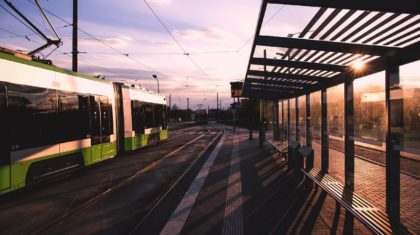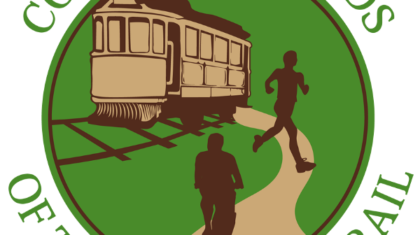
Before I visited Singapore, people told me that there is no way anyone rides a bicycle there. They used the rationale of the climate being too unpleasant. I went with an open mind and was astonished by what I found — yes, the climate does not suggest undertaking any unnecessary physical activity, but also, there were bicycles everywhere! Peak commute times at most MRT stations in residential neighborhoods are a flurry of pedestrians and bicyclists making their way to or from the station. This is not surprising given the high-quality infrastructure that is being built paired with policies and campaigns that make trips that combine active mobility with transit the smartest choice. After experiencing this first hand, I am convinced more than ever that if you build great infrastructure that connects to transit and provides real choices, people will use it — no matter what the climate is like.

Complete, connected networks are critical for encouraging people to walk or ride a bicycle. Across several government agencies, Singapore is implementing an extensive active mobility network that connects to MRT stations. National Parks has been implementing a Park Connector Network that improves pedestrian and bicycle access to Singapore’s park system. A consistent design standard improves legibility and an added benefit is that they often connect to MTR stations. In recent years, the Land Transport Authority has been implementing Intra-Town Cycling Networks across the country. The most impressive network is the extensive sheltered walkways that radiate from every MRT station. I didn’t fully realize the genius of this system until one evening I noticed none of the commuters on my train had umbrellas and no one seemed concerned, even though it was likely one of the heaviest rain storms I had ever experienced. Sure enough, these walkways connect to other modes of transportation, housing estates and shopping centers. For many, there is no need to carry an umbrella during the rainy season.

Secure and convenient parking for bicycles allows for a seamless transition from bicycling to other modes. Many MRT stations have multiple bicycle parking locations (station entries, station area access points, along bicycle lanes, etc.) allowing for people to chose the most convenient location for their needs. Some stations have well over 2,500 bicycle parking spaces and that is not enough. This is a good problem as it indicates that all of the other measures put in place are successful. LTA has a plan in place to increase the availability of bicycle parking at stations, and they are also exploring the expansion of an automated bicycle parking system.

Bicyclists aren’t the only thing LTA is thinking about at transit centers. A robust management of curbspace allows for convenient transfers from the MRT to local buses, taxis, shuttles, private cars or ride share providers. If those don’t suit your trip, bicycle share and scooter share are never far away.

Critical for all of this to function is a functional wayfinding system that is intuitive to use. Station area maps at stations help to navigate the immediate neighborhoods, kiosks along main routes help to locate transit options and other signs help keep users on the right course.

Singapore is doing an excellent job when it comes to improving access to transit. They are taking a holistic look at transportation by acknowledging that all trips require more than one mode and that most trips start with walking and many trips start with riding a bicycle. Given the blistering pace of opening 1 new MRT station every 2 months between now and 2030 means we can expect to see more innovation as the Car Lite lifestyle continues to be adopted.


